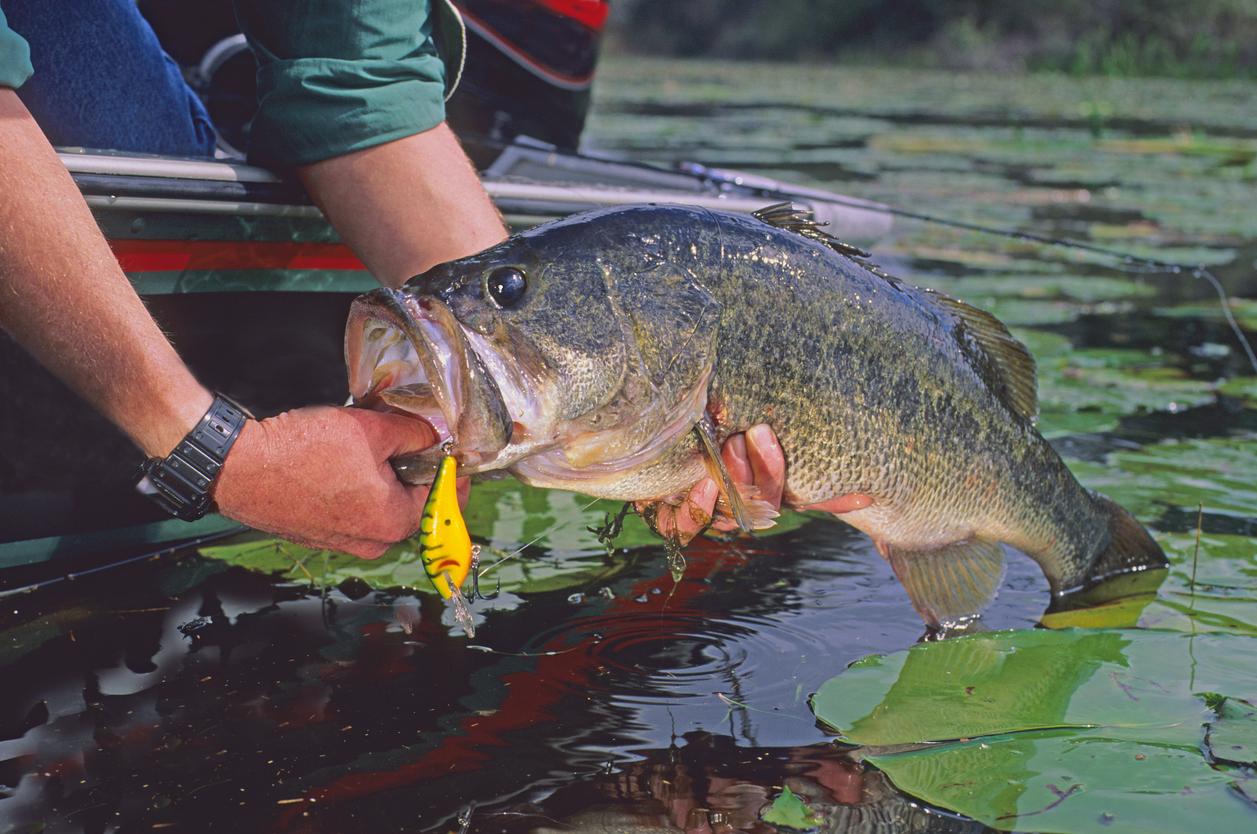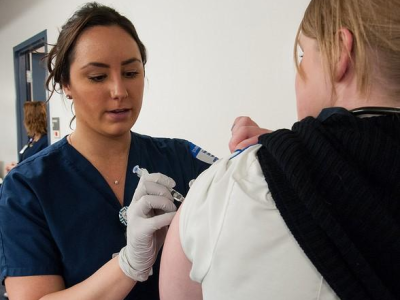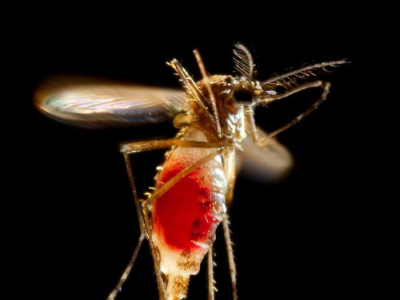New research indicates that two species of a fish-borne parasite infect several species of common freshwater fish in California in areas where people actively catch and eat fish, according to a study yesterday in the Journal of Infectious Diseases. And people could be eating those fish in ways that are conducive to transmission.
The analysis of freshwater fish collected at five fishing sites in San Diego County by researchers with the Scripps Institution of Oceanography at the University of California-San Diego (UCSD) found that two species of trematodes, a type of flatworm, were prevalent in seven fish species. One of the trematodes, Haplorchis pumilio, was found at all five sites and infected each of the seven fish species, with an overall prevalence of 93%. The other, Centrocestus formosanus, was found at two of the five locations, with an overall prevalence of 89%.
Among the species found to harbor the trematodes were largemouth bass, bluegill, black crappie, and common carp. All of the fish species examined are found in freshwater sites across the country.
Invasive snail serves as host
Although trematodes have historically infected people in Southeast Asia and the Western Pacific, local transmission wasn't a concern in the United States until the arrival of a freshwater snail that serves as a host(Melanoides tuberculata) more than a decade ago. The snail is now present in 17 states and Puerto Rico, and previous research by the same team found that the snail and the two trematodes have become widespread at freshwater fishing sites in California.
"There is a plausible risk of transmission of H pumilio and C formosanus anywhere people eat freshwater fish from where the M tuberculata snail is present," the researchers wrote.
In the initial stage of their lifecycle, trematodes infect the snails first, then exit the infected snails and move on to a second intermediate host: fish. The adult trematodes then infect hosts, like birds or people, that eat the infected fish. If ingested, trematodes infect the small intestine, causing gastrointestinal symptoms that range from mild diarrhea to weight loss and lethargy.
Risky consumption
When the team reviewed 125 videos posted on YouTube from 2008 through 2024 that depicted the catch and consumption of the type of freshwater fish known to host H pumilio and C formosanus, they found that 65% depicted the consumption of raw, unfrozen fish, which could facilitate transmission and infection. The videos were viewed more than 5 million times.
Although no human cases have been reported yet, the study authors say public health officials should consider steps to increase awareness of trematode infection and the measures that people can take to reduce the risk, like properly cooking or freezing fish before consumption, which kills the parasites. They also say clinicians should be informed about the potential for local transmission and infection.
"Americans don’t usually think about parasites when they eat freshwater fish because it hasn’t historically been an issue here,” senior study author Ryan Hechinger, PhD, an ecologist and parasitologist at Scripps, said in a UCSD press release. "But these trematodes have now been widely introduced in the U.S. and that means that doctors and the public should be aware."



















